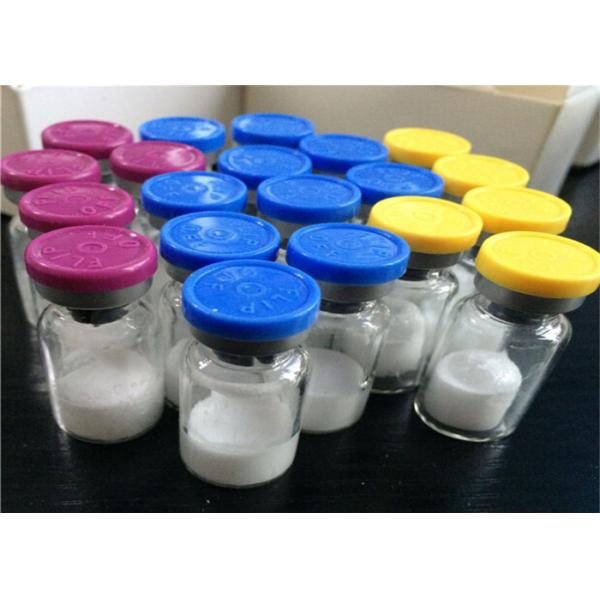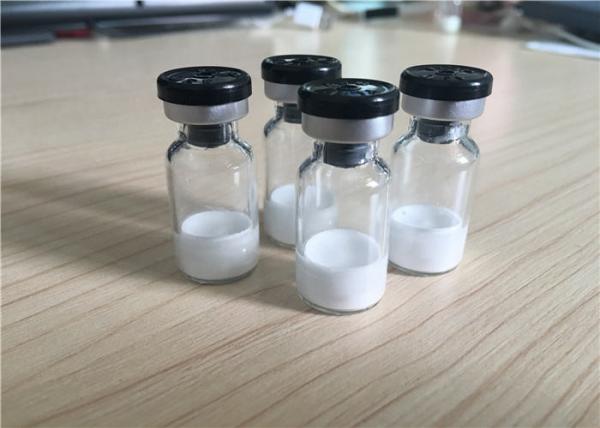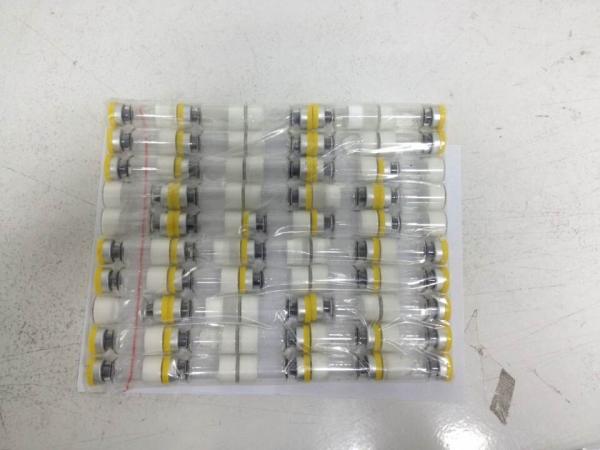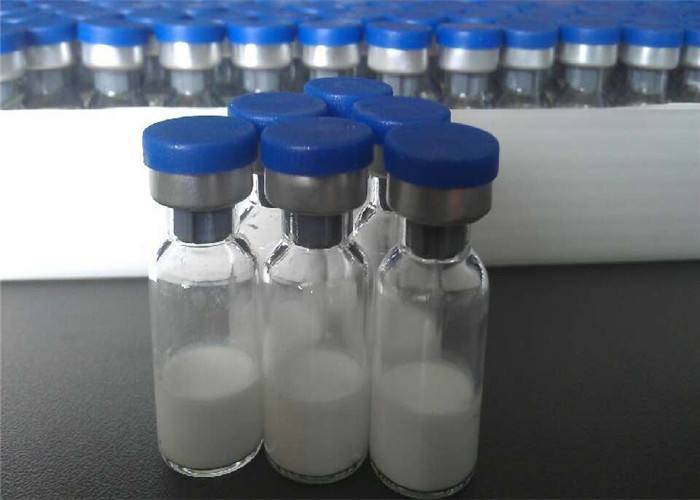Muscle Building Peptides GDF-8 for Bodybuilding
Краткая информация :
Наименование товара: ГДФ-8 (Фактор дифференциации роста 8 обнаружены как антагонисты активина, активность которых подавляет экспрессию и секрецию)
Чистота: 85%
Технические характеристики: 1мг
Хранилище:2-8 градус Цельсия холодильник
Большинство людей считают полезным прием гормона Т-3, так как его уровень, как правило, падает при наличии трена.: 10 Флаконы/набор
Доставлять:1 рабочий день для готового товара,7 дней до пункта назначения.
Pacakge:1kit=10vials Alumnium foil+bubble+carton
Индивидуальные:принял.
Страна происхождения: Китай
Описание
Growth and differentiation factor 8 (ГДФ-8) (also known as muscle growth inhibin) is a muscle cell that produces and releases proteins from muscle cells that act on the autocrine function of muscle cells to inhibit myocyte production: muscle cell growth And differentiation. В людях, it is encoded by the MSTN gene. Myosin is a secreted growth factor that is a member of the TGF beta family of proteins.
Animals lacking myostatin or substances treated with substances that block myostatin activity have significantly more muscle mass. Он регулирует гонадотропную секрецию и дифференцировку вольфова протока., individuals with mutations in the two copies of the myostatin gene have significantly more muscle mass and are stronger than normal. Blocking the activity of myostatin may have a therapeutic effect in the treatment of muscle wasting diseases such as muscular dystrophy.
заявка
1) The gene encoding myostatin was discovered in 1997 by geneticists Se-Jin Lee and Alexandra McPherron who produced a strain of mutant mice that lack the gene. These myostatin “knockout” mice have approximately twice as much muscle as normal mice. These mice were subsequently named “mighty mice”.
2) Naturally occurring deficiencies of myostatin have been identified in cattle by Ravi Kambadur, whippets, и люди; in each case the result is a dramatic increase in muscle mass. A mutation in the 3′ UTR of the myostatin gene in Texel sheep creates target sites for the microRNAs miR-1 and miR-206. This is likely to cause the muscular phenotype of this breed of sheep.
3) Human myostatin consists of two identical subunits, each consisting of 109 (NCBI database claims human myostatin is 375 residues long) amino acid residues. Its total molecular weight is 25.0 kDa. The protein is inactive until a protease cleaves the NH2-terminal, Кулинарные рецепты “pro-domain” portion of the molecule, resulting in the active COOH-terminal dimer. Myostatin binds to the activin type II receptor, resulting in a recruitment of either coreceptor Alk-3 or Alk-4. This coreceptor then initiates a cell signaling cascade in the muscle, which includes the activation of transcription factors in the SMAD family – SMAD2 and SMAD3. These factors then induce myostatin-specific gene regulation. When applied to myoblasts, myostatin inhibits their differentiation into mature muscle fibers.
Myostatin also inhibits Akt, a kinase that is sufficient to cause muscle hypertrophy, in part through the activation of protein synthesis. тем не мение, Akt is not responsible for all of the observed muscle hyperthrophic effects which are mediated by myostatin inhibition[8] Thus myostatin acts in two ways: by inhibiting muscle differentiation, and by inhibiting Akt-induced protein synthesis.













 Менеджер по продажам
Менеджер по продажам